Archives
- 2025-12
- 2025-11
- 2025-10
- 2025-09
- 2025-03
- 2025-02
- 2025-01
- 2024-12
- 2024-11
- 2024-10
- 2024-09
- 2024-08
- 2024-07
- 2024-06
- 2024-05
- 2024-04
- 2024-03
- 2024-02
- 2024-01
- 2023-12
- 2023-11
- 2023-10
- 2023-09
- 2023-08
- 2023-06
- 2023-05
- 2023-04
- 2023-03
- 2023-02
- 2023-01
- 2022-12
- 2022-11
- 2022-10
- 2022-09
- 2022-08
- 2022-07
- 2022-06
- 2022-05
- 2022-04
- 2022-03
- 2022-02
- 2022-01
- 2021-12
- 2021-11
- 2021-10
- 2021-09
- 2021-08
- 2021-07
- 2021-06
- 2021-05
- 2021-04
- 2021-03
- 2021-02
- 2021-01
- 2020-12
- 2020-11
- 2020-10
- 2020-09
- 2020-08
- 2020-07
- 2020-06
- 2020-05
- 2020-04
- 2020-03
- 2020-02
- 2020-01
- 2019-12
- 2019-11
- 2019-10
- 2019-09
- 2019-08
- 2019-07
- 2019-06
- 2019-05
- 2019-04
- 2018-11
- 2018-10
- 2018-07
-
DHODH activity has been traditionally measured with the stan
2019-07-18
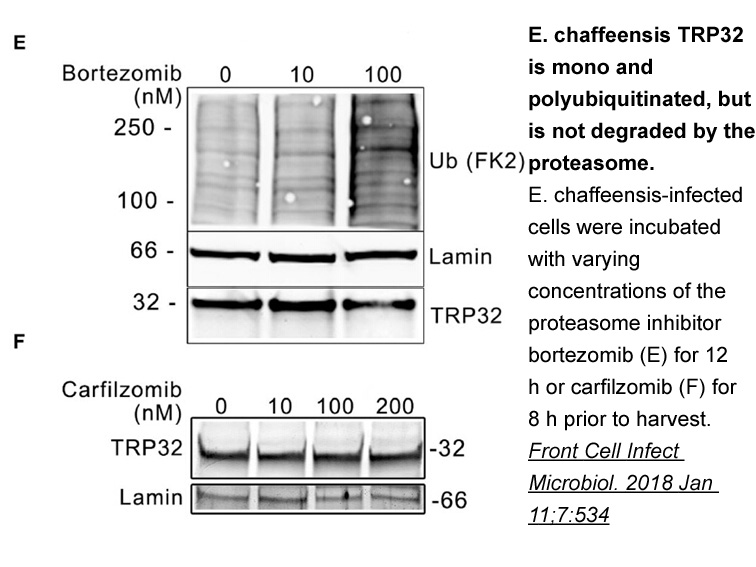
DHODH activity has been traditionally measured with the standard colorimetric assay that monitors 2,6-dichloroindophenol (DCIP) reduction as absorbance decrease at 600 nm . This assay has permitted the identification of several families of DHODH inhibitors in a successful high-throughput screening (
-
A novel series of DHODH inhibitors
2019-07-18
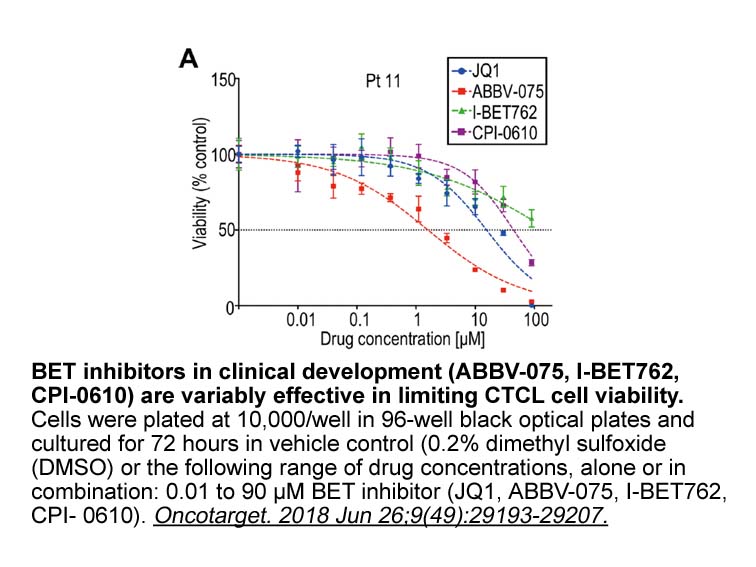
A novel series of DHODH inhibitors was developed by us based on a lead that was discovered during a docking procedure and medicinal chemistry exploration. The activity of the initial lead was improved by a QSAR method and yielded low nanomolar inhibitors. Introduction The most common metabolic
-
br DDR in atherosclerosis and vascular disease The Canadian
2019-07-18
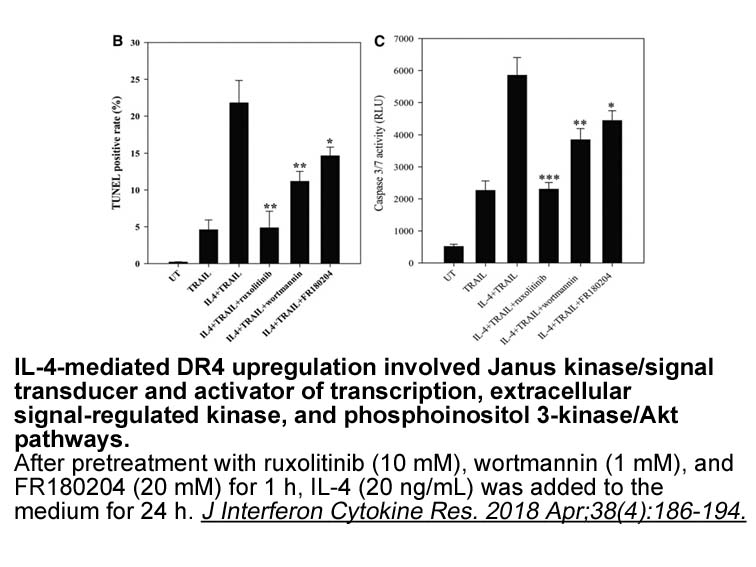
DDR1 in atherosclerosis and vascular disease The Canadian group of Bendeck, explored the role of DDR1 in repair following arterial injury in rats [30]. DDR1 protein levels, assessed via Western blots prepared from arterial extracts taken at various times after injury, showed DDR1 protein dramatic
-
br Conclusion The results of the present study demonstrate
2019-07-18
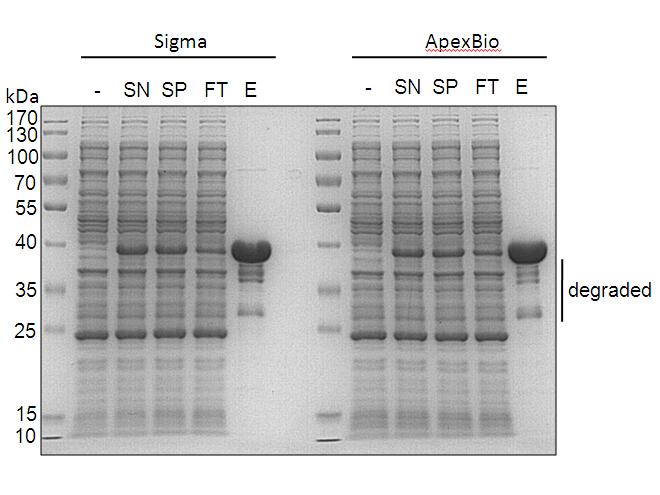
Conclusion The results of the present study demonstrate that cysteinyl leukotrienes LTC4, LTD4 and LTE4 cause moderate to marked whereas the dihydroxy leukotriene LTB4 causes small muscle contraction in the stomach in vitro. The LTD4-induced contraction is mediated by CysLT1 in fundus but by CysL
-
In the present study the expression of
2019-07-18

In the present study, the Anhydrotetracycline hydrochloride solubility of the CYP2C11 gene and the levels of its protein and activity were decreased in rats with liver insufficiency and in rats after induced dysfunction of the serotonergic system during normal liver function. Moreover, serotonergic
-
Like professional accounting organizations many
2019-07-18
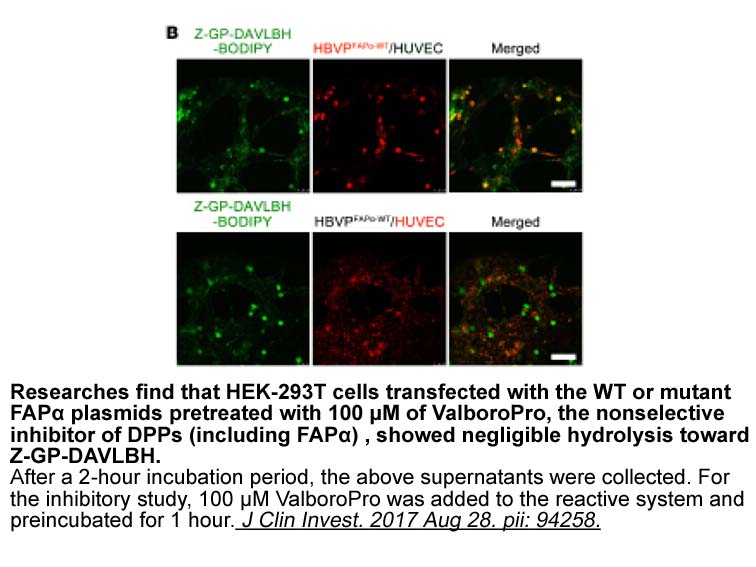
Like professional accounting organizations, many accounting educators have also embraced the potential recruitment value of advanced placement. For example, high school and college educators collaborated to create the Accounting Pilot and Bridge Project (APBP), in order to jump start the profession\
-
br Conclusion In this work experiments were carried out
2019-07-18
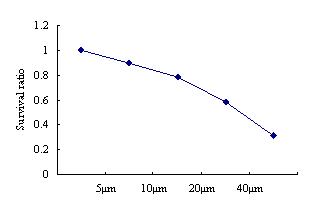
Conclusion In this work, experiments were carried out to purify the protein with COX activity, using an anti-mouse COX-2 pAb and a COX activity assay as tools for monitoring the protein responsible for this activity in the parasite. Gp63 enrichment through the affinity column and identification b
-
The current study had the following aims
2019-07-18
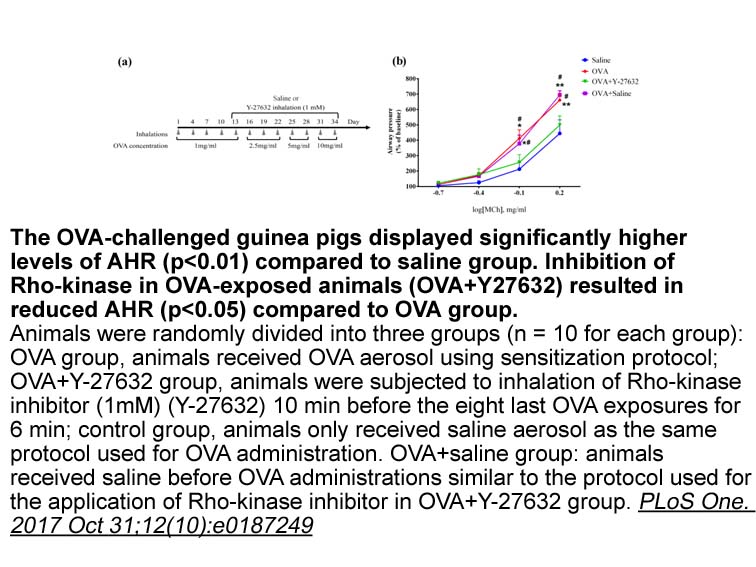
The current study had the following 3 aims: Materials and methods Results Discussion Western Europe, USA/Canada, and Australia have traditionally been the areas in which cochlear Melatonin is most common [9], [10]; correspondingly, the most common and well-known validated tests and (re)ha
-
elastase br Conflict of interest br Acknowledgements This st
2019-07-18
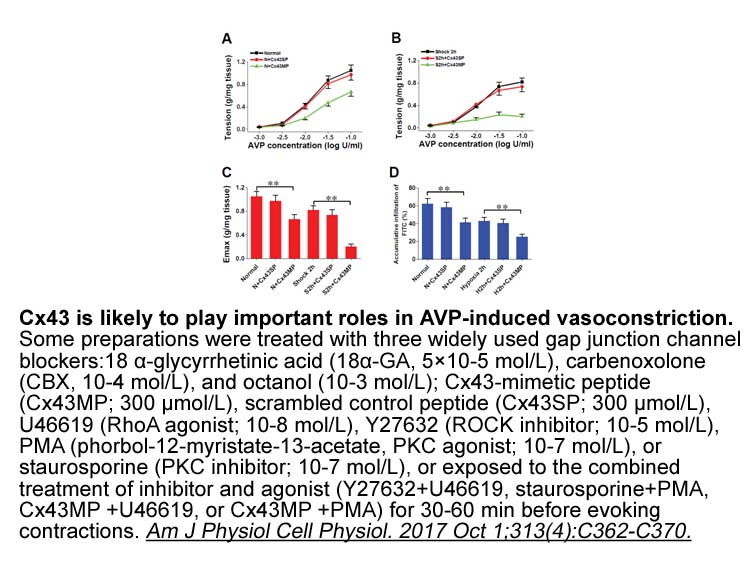
Conflict of interest Acknowledgements This study was supported by the National Natural Science Foundation of China (No.31571839), the Chinese Ministry Program for New Century Excellent Talents in University (NCET-12-0865), and Special Fund for Agro-scientific Research in the Public Interest (N
-
To analyze EBI expression and its function in T
2019-07-18
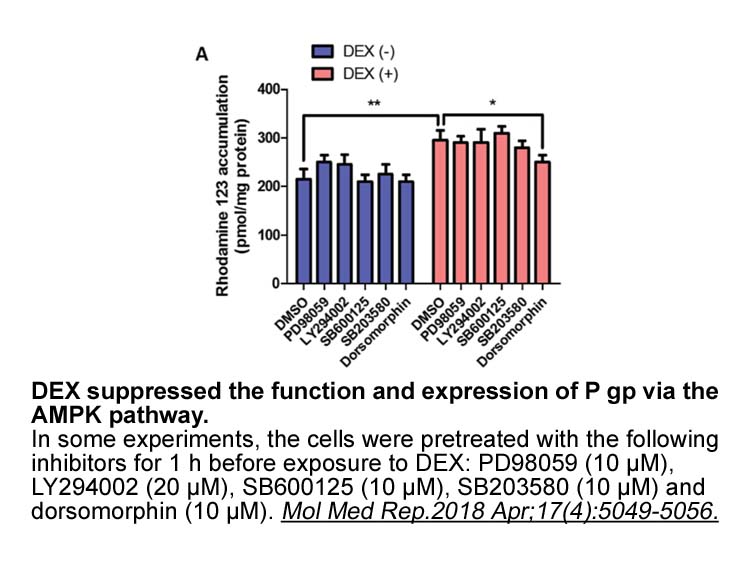
To analyze EBI2 expression and its function in T cells in vivo, we created an EGFP reporter/knockout mouse strain, termed EBI2EGFP. This mouse strain in heterozygous configuration allows for a systematic analysis of the expression of EBI2 in distinct cell types in steady-state and under inflammatory
-
br Methodology To simulate chip flow trajectory
2019-07-18
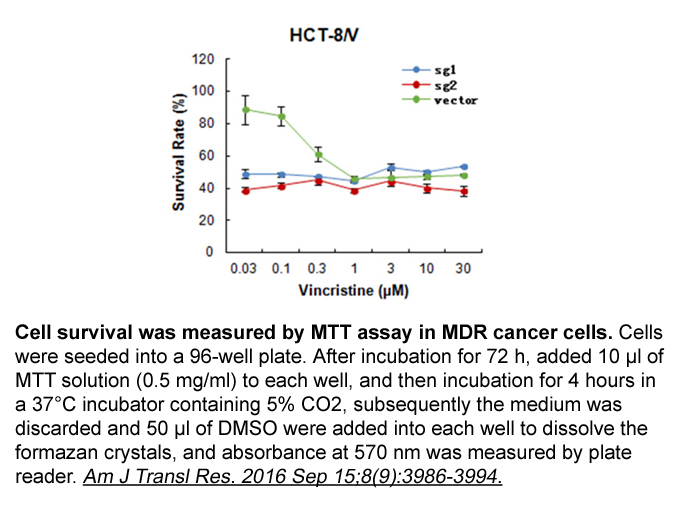
Methodology To simulate chip flow trajectory, the force and torque acting on the chips in high pressure coolant are computed based on the control volume method [6]. During the setup, a typical gun drill chip and gun drill bit are imported into ANSYS CFX 14.0 and prescribed as stationary solids. T
-
Although further experiments are needed to determine
2019-07-18
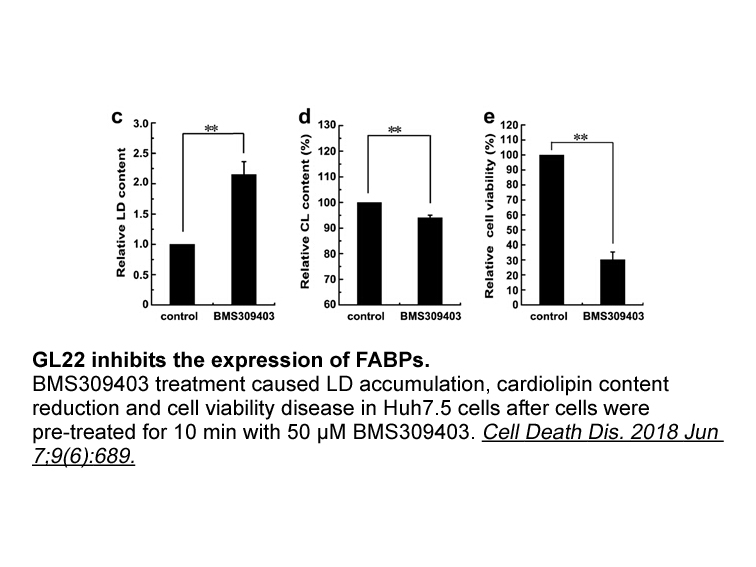
Although further experiments are needed to determine definitively whether D–ETB receptor heterodimers exist, for example, by using fluorescence resonance Quercetin transfer analysis or co-immunoprecipitation of receptors, the results of the study by Zeng and colleagues appear to indicate that D–ETB
-
5-hme-CTP Adding MPA or NETA we found no impact
2019-07-18
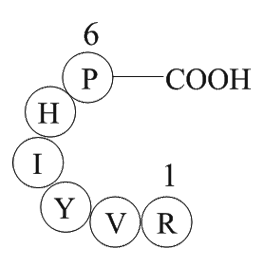
Adding MPA or NETA we found no impact on the estradiol-induced downregulation of serum-stimulated endothelin synthesis in vitro [40]. Progesterone was also able to inhibit the angiotensin II-induced increase in endothelin production [41]. Several clinical studies on the effect of oral or transdermal
-
This approach is similar to that suggested by the previous
2019-07-18
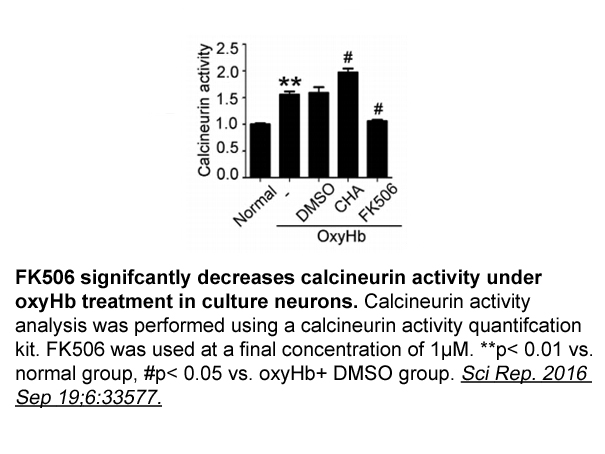
This approach is similar to that suggested by the previous edition of the GL [6]. Not surprisingly, the questions to be answered are the same (i.e., was the event TLOC? In cases of TLOC, is this Piceatannol solubility of syncopal or non-syncopal origin? In cases of suspected syncope, is there a cle
-
br Roles of ERR in
2019-07-18
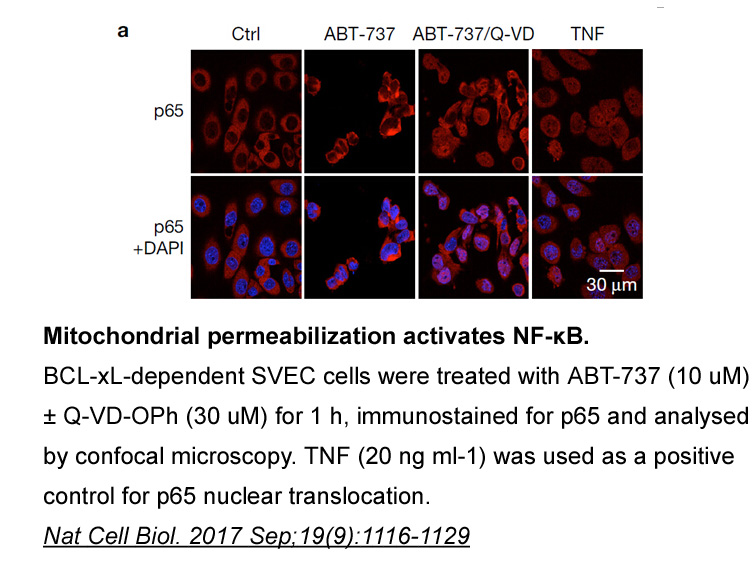
Roles of ERRγ in Physiology and Disease Concluding Remarks and Future Perspectives Over the last decade, the generation of tissue-specific ERRγ transgenic or knockout mice and the use of synthetic ligands have rapidly advanced our understanding of the roles of ERRγ in cellular functions, altho
16007 records 995/1068 page Previous Next First page 上5页 991992993994995 下5页 Last page